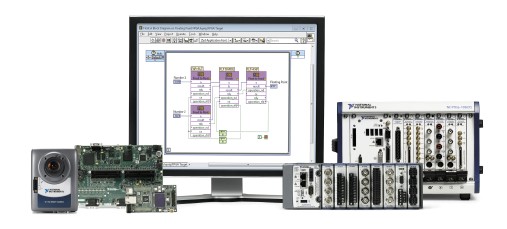The NI LabVIEW High-Performance FPGA Developer's Guide
Overview
The LabVIEW High-Performance FPGA developer's guide summarizes the most effective techniques for optimizing throughput, latency, and FPGA resources when using the LabVIEW FPGA Module and NI FPGA hardware.
The PDF version of the guide is available below.
Table of Contents
Introduction
High-Performance FPGA-Based Design
High-Performance Programming With the Single-Cycle Timed Loop
Throughput Optimization Techniques
Integrating High-Throughput IP
| Timing Optimization Techniques
Resource Optimization Techniques
Data Transfer Mechanisms
Next Steps
|
Downloads

